Ashoka-Environmental Defense Fund Climate Corps Blogs
Demystifying Sustainable Finance:
How India Can Bridge the Gap Between Green Goals and Ground Reality
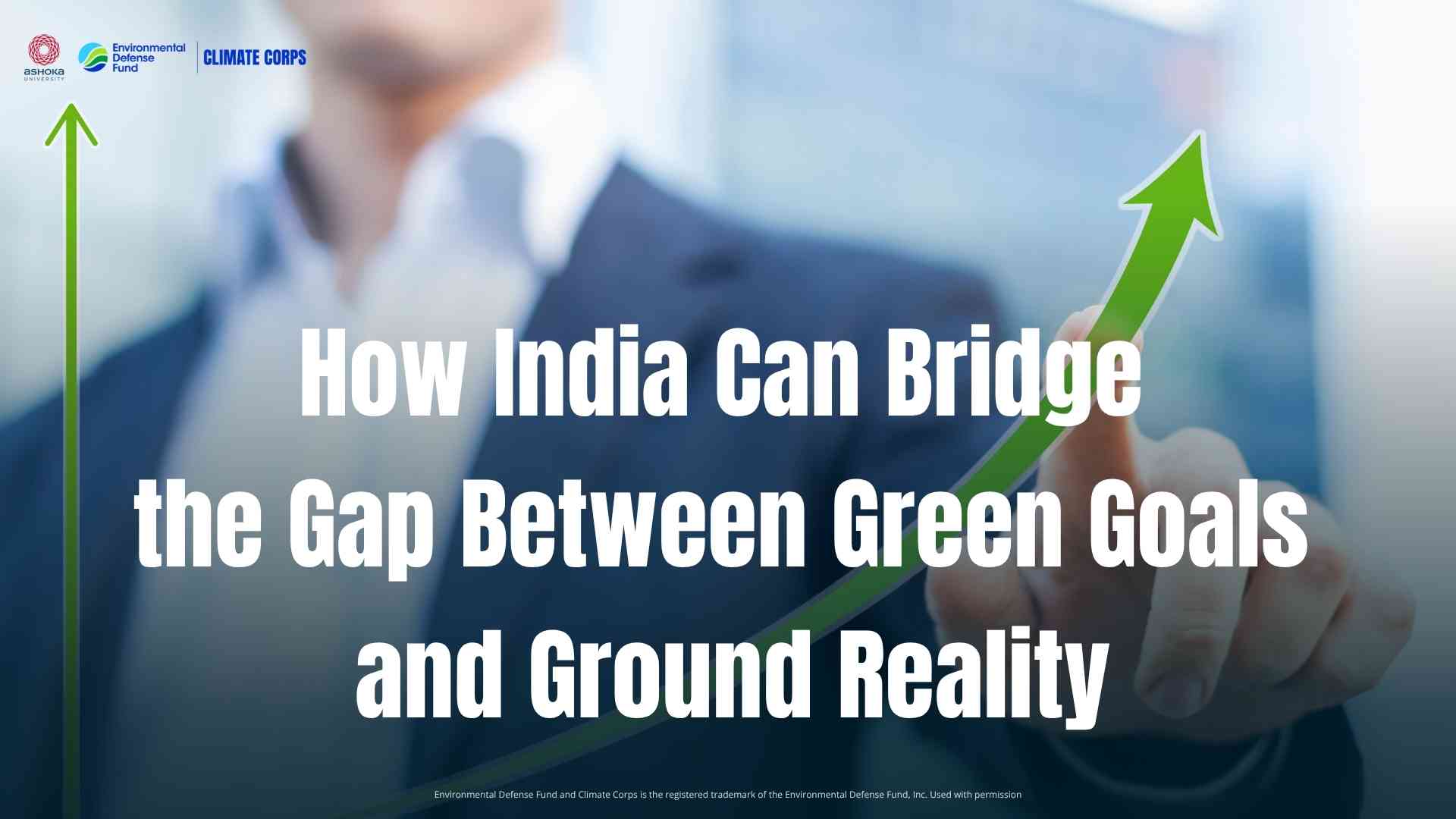
In the summer of 2022, a group of smallholder farmers in Gujarat pooled their savings to install a solar irrigation pump under a state subsidy programme. For them, it wasn’t just about reducing electricity bills—it was about surviving worsening droughts, unpredictable rainfall, and rising diesel costs.
Yet, these farmers are rarely mentioned in high-level climate finance conversations.
Why is that? Why does the bulk of sustainable finance flow into solar grids, green buildings, and electric vehicles, but barely trickle down to those most vulnerable to climate change?
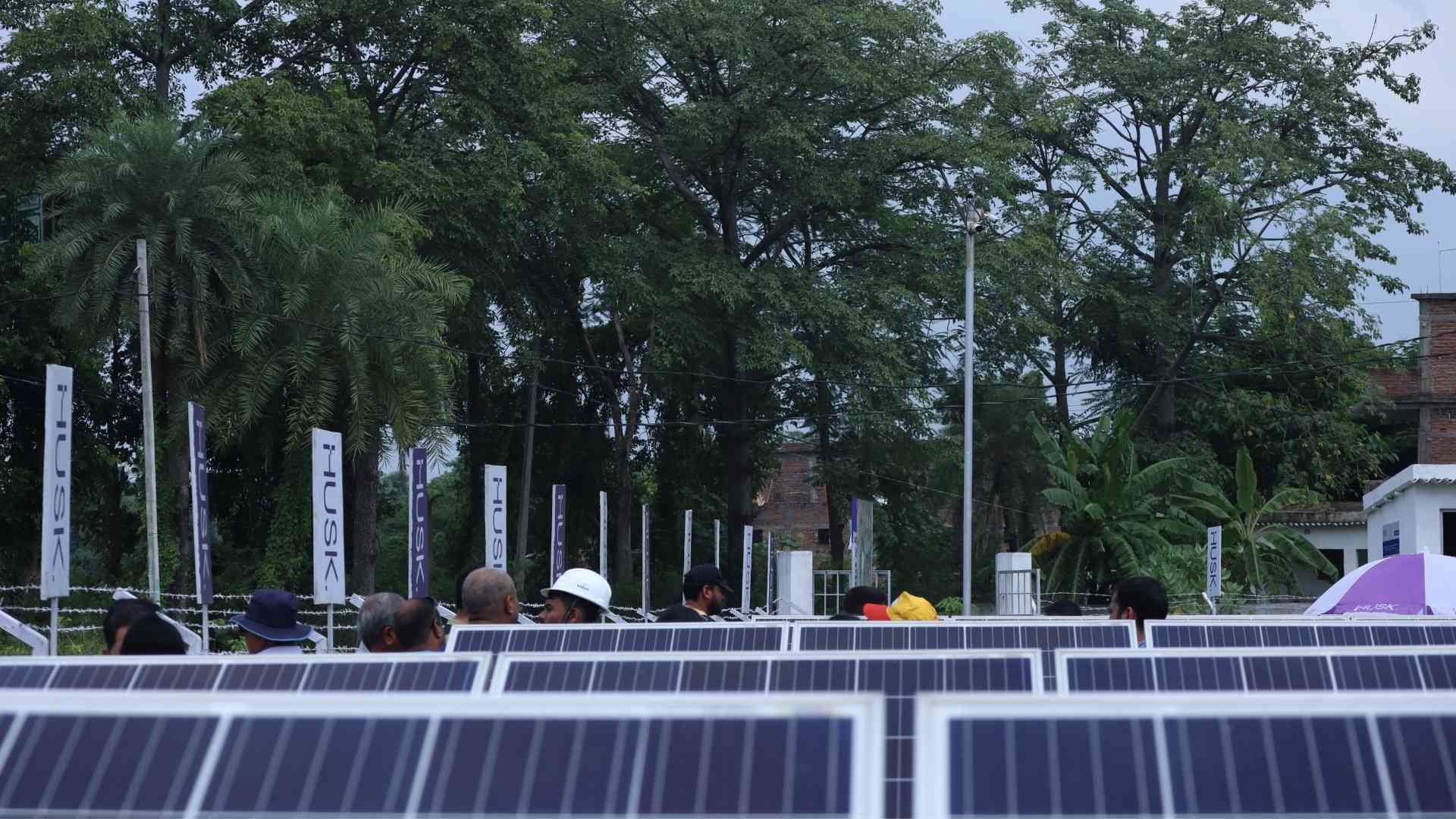
Pic: Flickr
But wait a second—what doessustainable finance actually mean?
Terms like “climate finance” or “green bonds” often feel abstract and distant from everyday life. But the capital they move could determine whether a farmer survives the next drought or whether a city gains access to clean energy. At its core, sustainable finance is about channeling financial flows in ways that protect the environment, support social equity, and promote long-term economic growth.
As Labanya Prakash Jena, a sustainable finance expert and consultant with the Institute for Energy Economics and Financial Analysis (IEEFA), puts it, “Sustainable finance is nothing but integrating sustainability aspects—environment, social, and governance (ESG)—into financial decision-making. It's about making the planet a better place to live in, while also taking care of everyone in society as we grow the economy.”
It spans a broad range of tools and services—green bonds, ESG funds, climate risk disclosures, and more—all aimed at steering investments toward activities that
support climate mitigation and adaptation without harming people or the planet.
So, where does India stand in this journey? And what will it take to make these financial flows work for its people?
A Gap Between Ambition and Access
India has shown ambition, but turning it into action is proving harder than expected.

Pic: Flickr
India needs an estimated INR 162.5 trillion ($2.5 trillion) by 2030 to meet its Nationally Determined Contributions (NDCs) under the Paris Agreement. Yet, the latest data shows we are meeting only 30% of this requirement.
Worse, much of the sustainable finance mobilised, such as through green bonds or ESG investments, goes to mature sectors like solar energy or urban
infrastructure.“Green bonds mean nothing to a farmer,” Labanya explains. “They come with high documentation costs and monitoring burdens. Unless the structure
is built to support marginalised communities, these instruments don’t help them directly.”
Clearer Rules for Climate Finance
In May 2025, the Ministry of Finance released a draft Climate Finance Taxonomy to guide what qualifies as “climate supportive” or “transition supportive” investment. Still open for consultation, the framework lays out a formal system across sectors—like power, agriculture, and industry—to define which financial activities can be labelled “climate supportive” or “transition supportive.”
At a time when terms like "green" or "sustainable" are often loosely used, the taxonomy aims to bring more structure to how climate-related investments are evaluated. It combines qualitative principles (like alignment with India’s Net Zero and development goals) with sector-specific metrics for emission reduction and resilience.
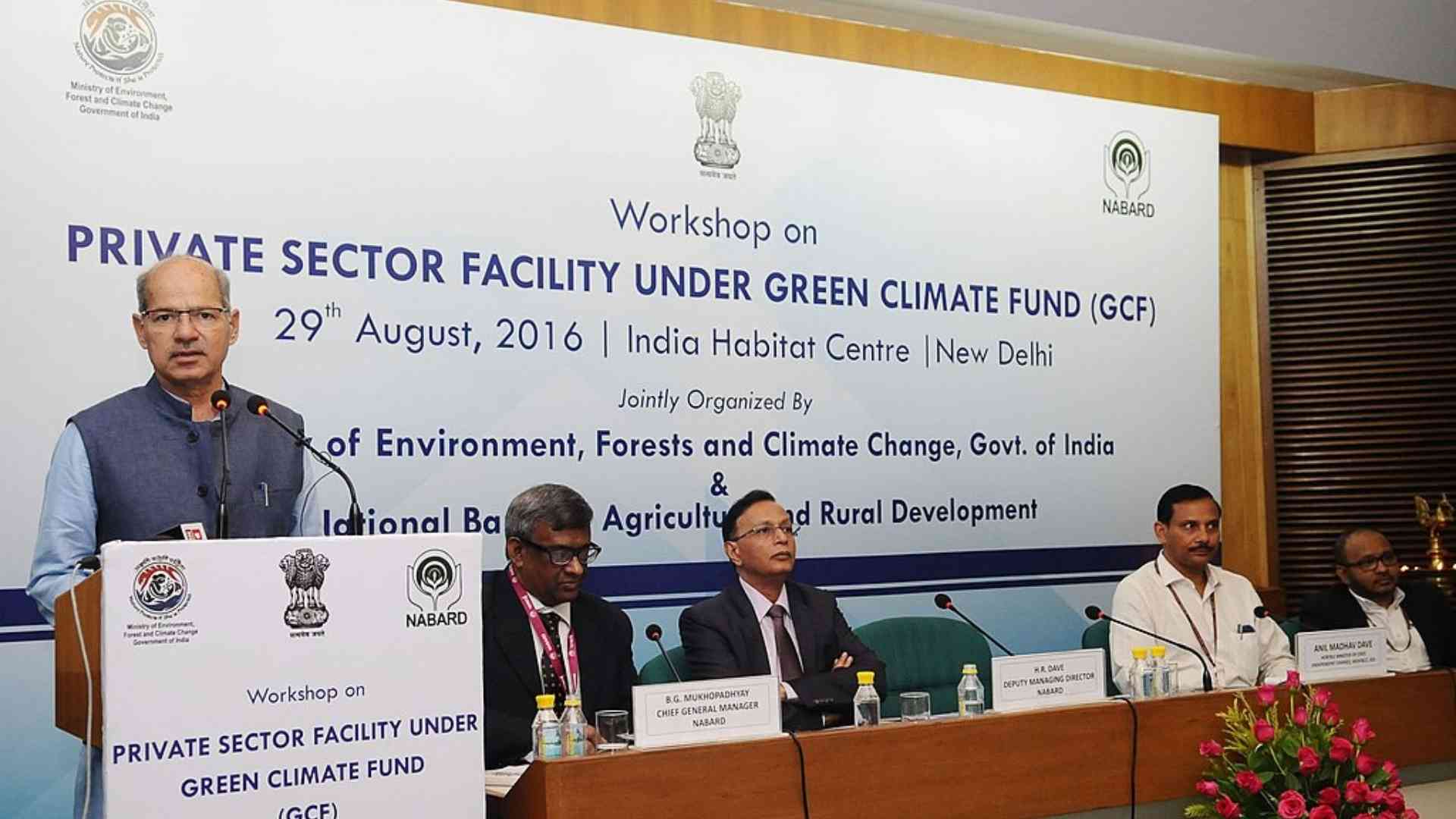
Pic: Wikimedia
What this means, in simple terms, is that India is trying to set clearer rules for what counts as genuinely climate-positive investment. If implemented well, it could help align more funding with ground realities, encouraging investments not just in urban infrastructure but also in smallholder resilience, rural water access, and low-carbon transitions in sectors like cement or steel.
One of the most talked-about tools in sustainable finance is the green bond. But translating that potential into meaningful outcomes for small farmers is still a work in progress. “Green bonds were designed to help channel money into environmentally beneficial projects,” Labanya notes. “But unless those funds are specifically directed toward smallholders or vulnerable communities, they’re unlikely to make a difference on the ground.” Even though green bonds require transparency, the cost of issuing them is high. For small agribusinesses or Farmer Producer Organisations (FPOs), the paperwork, third-party verification, and ongoing monitoring make it nearly impossible.
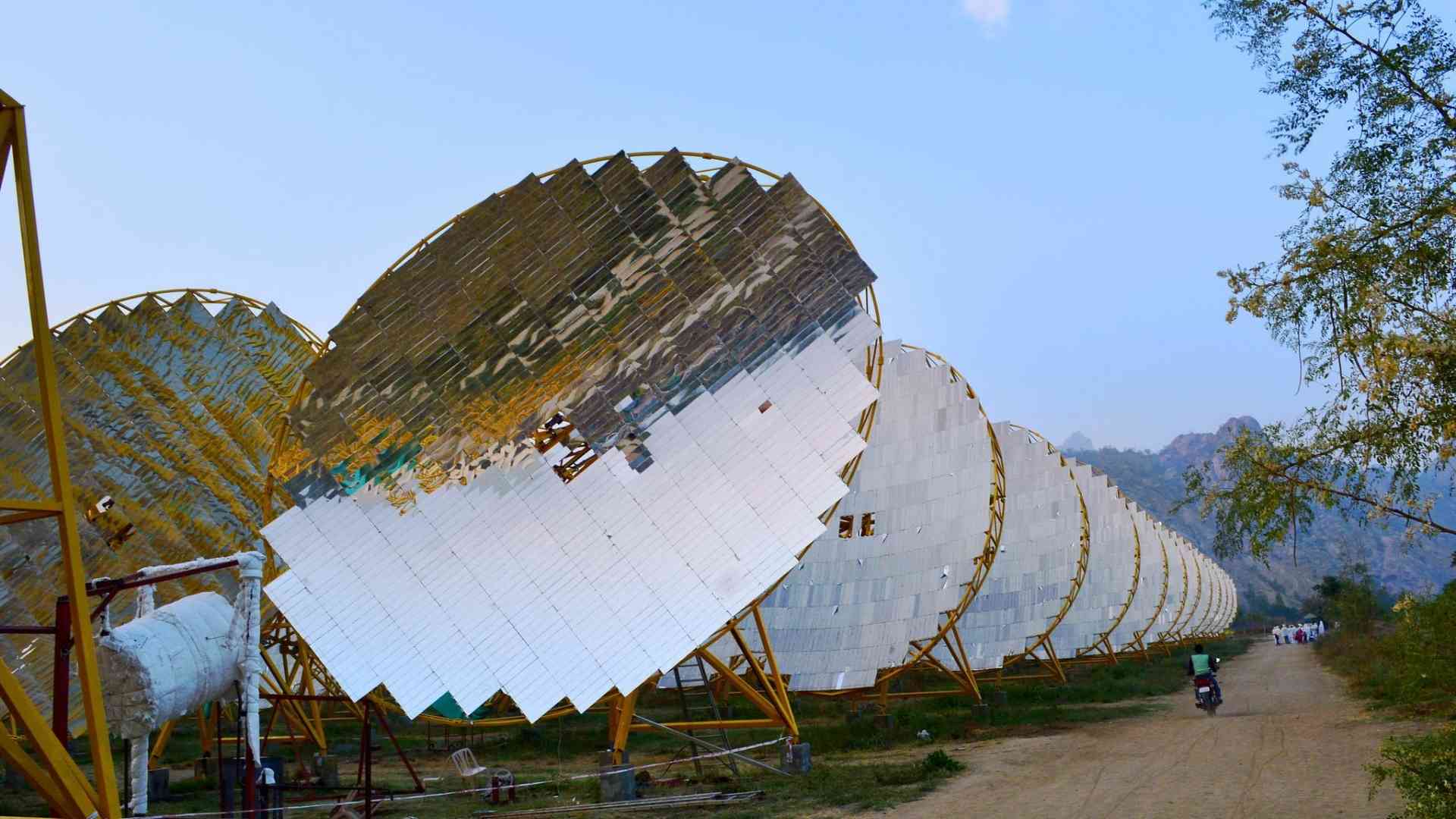
Pic: Wikimedia
Where the Money Goes—And Where It Doesn't
In FY 2021/22, India's green finance flows touched an all-time high of INR 3,712 billion ($50 billion), mostly directed towards clean energy, energy efficiency, and clean transport. These are essential sectors for India’s net-zero journey, but they don’t represent the full picture.
Only a fraction of finance reaches sectors that directly impact vulnerable communities, such as agriculture or water resilience. And within agriculture, the lack of a universally accepted definition for "sustainable agriculture" makes it even harder to track or scale investments.
“Nobody is quantifying how much capital is going into agriculture specifically for climate resilience,” says Labanya. “So how can we plan or allocate resources meaningfully?”
From Fields to Factories: Where Else the Money Can Go
The National Adaptation Fund for Climate Change has supported over 30 local projects across India—from flood protection in Assam to helping farmers grow climate-resilient crops in Madhya Pradesh. But these projects often stay small due to limited funding.
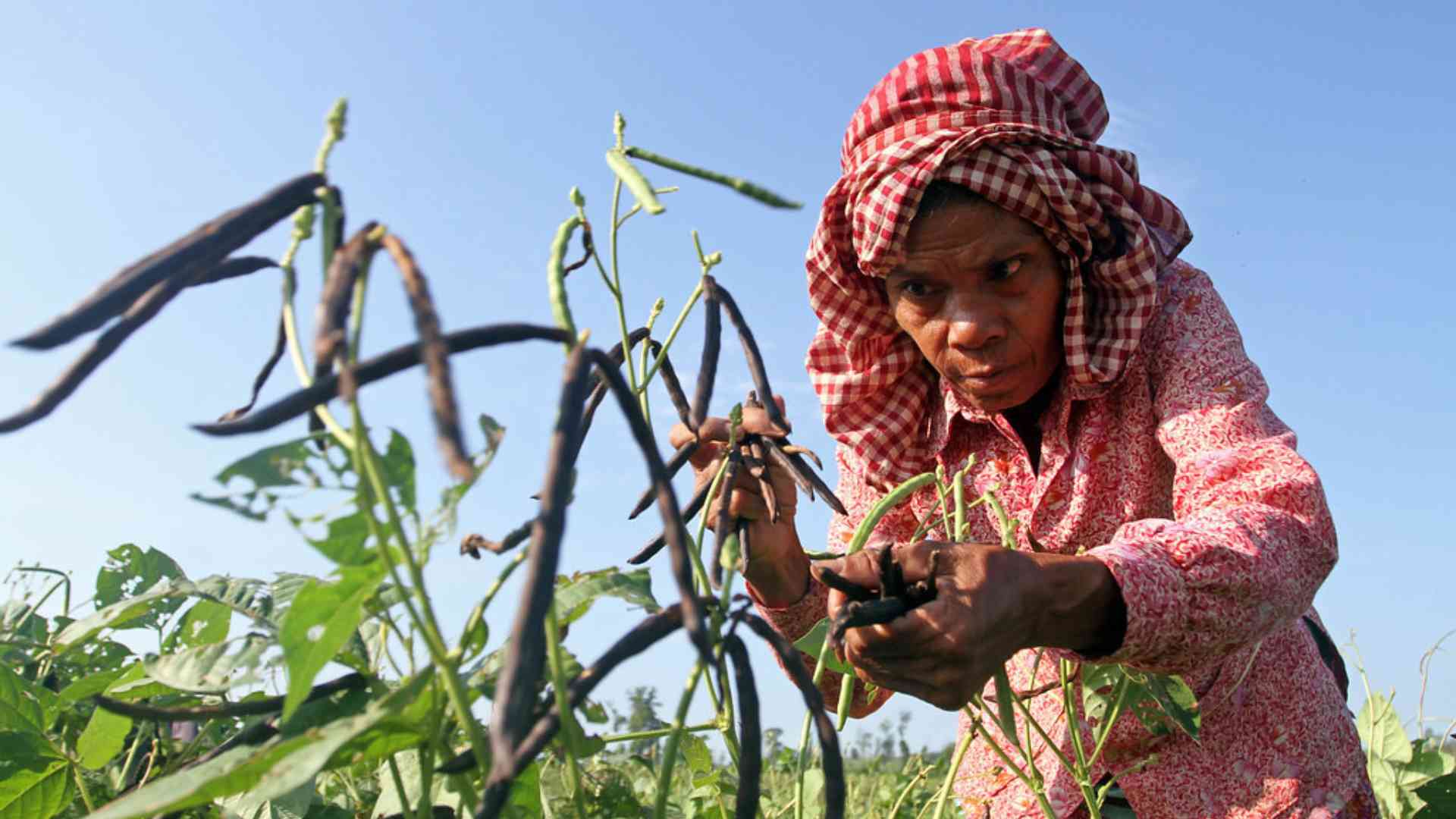
Pic: Zoya Hussain
Meanwhile, in the MSME space, SIDBI is offering low-interest loans for things like energy-efficient machines and solar rooftops. As of 2023, backed by support from Japan, it has already given over ₹1,000 crore in green loans—especially to businesses in leather, textiles, and food processing. These examples highlight that when designed with user needs in mind, sustainable finance can extend beyond large infrastructure and reach everyday enterprises.
How Sustainable Finance Is Taking Root Across Sectors
Despite its slow trickle into vulnerable sectors, sustainable finance is beginning to show signs of impact.
In 2023, Samunnati launched India’s first agricultural green bond, aimed at supporting efficient irrigation and clean energy use in farming. While the bond size was modest, it highlighted how tailored financial instruments can serve vulnerable sectors—though scaling such models remains a challenge.
Government schemes like PM-KUSUM, which subsidise solar irrigation pumps, show how targeted finance can reduce emissions and support small users.
Models are emerging in cities too. In Tamil Nadu, a World Bank-backed programme is helping build flood-resilient infrastructure in urban slums—showing how climate finance can directly improve everyday lives beyond large projects.
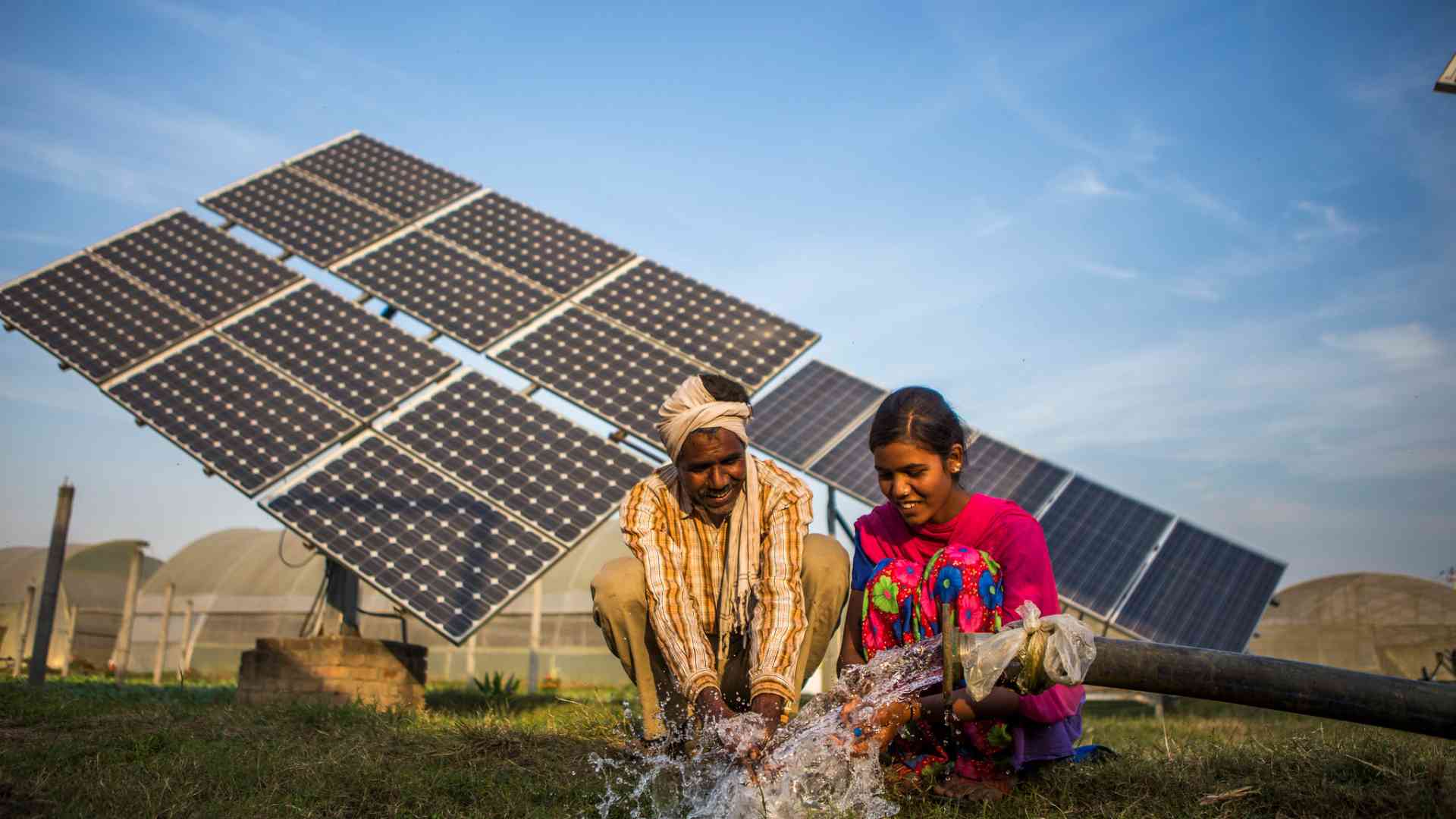
What Needs to Change?
1. Human-Centred Design: Policies and financial products must be designed keeping in mind the end user—be it a smallholder farmer, a micro-entrepreneur, or a cooperative society. This means building finance tools that are easy to access, low in paperwork, and meet the real needs of communities.
2. Incentivising the Right Kind of Investment: India has begun issuing sovereign green bonds (government-issued bonds for green projects) and proposing thematic funds (targeted funds for specific goals like clean energy). But we need blended finance instruments that specifically de-risk investments in underserved sectors like small-scale farming or rural infrastructure.
3. Better Data = Better Decisions: A major hurdle is the lack of standardised, accessible data on how sustainable finance is used. Tracking where climate money goes—and where it doesn’t—is essential. Initiatives like green budget tagging (marking eco-spending in budgets) and a national-level MRV (Monitoring, Reporting, and Verification) system can close this gap.
4. Capacity Building at the Local Level: Training ASHA workers, Panchayat members, and small business owners in climate finance basics can help decentralise and democratise access to such funds.
A Way Forward
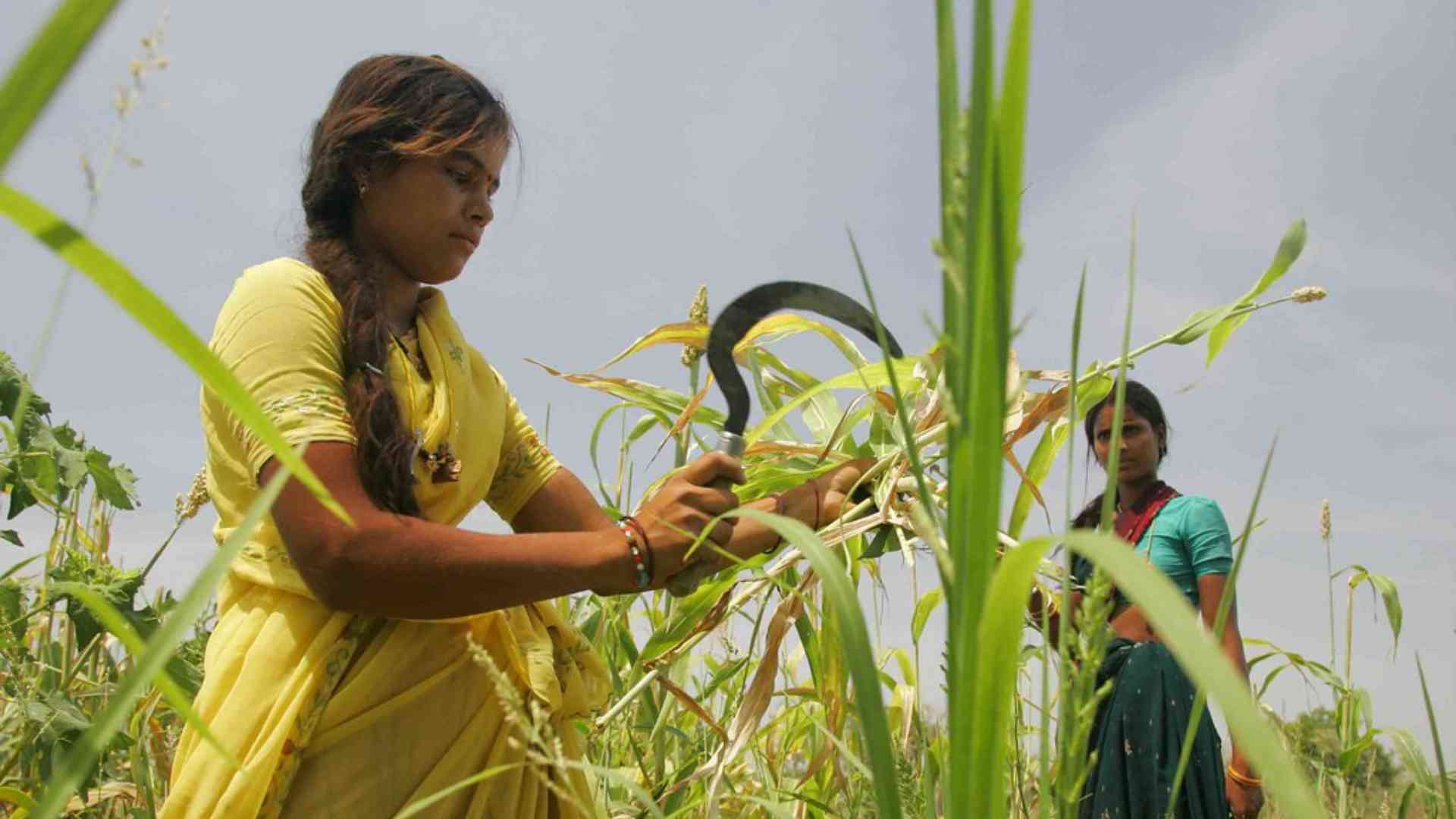
India’s sustainable finance story is still being written. What we need now is to move from ambition to action—from green bonds that sit in boardrooms to funds that build climate-resilient lives.
With the right tools, better governance, and a people-first approach, sustainable finance can go beyond buzzwords. It can become the bridge between policy and people.
“There’s this belief that if investors benefit, people don’t. But it’s all about system design,” Labanya reminds us. “Sustainable finance can serve both—if we build the right system for it.”
From MSMEs greening their supply chains to urban projects building heat resilience, sustainable finance must evolve to meet diverse, real-world needs.
Because when the money meets the ground, it doesn’t just build infrastructure—it builds futures.

















